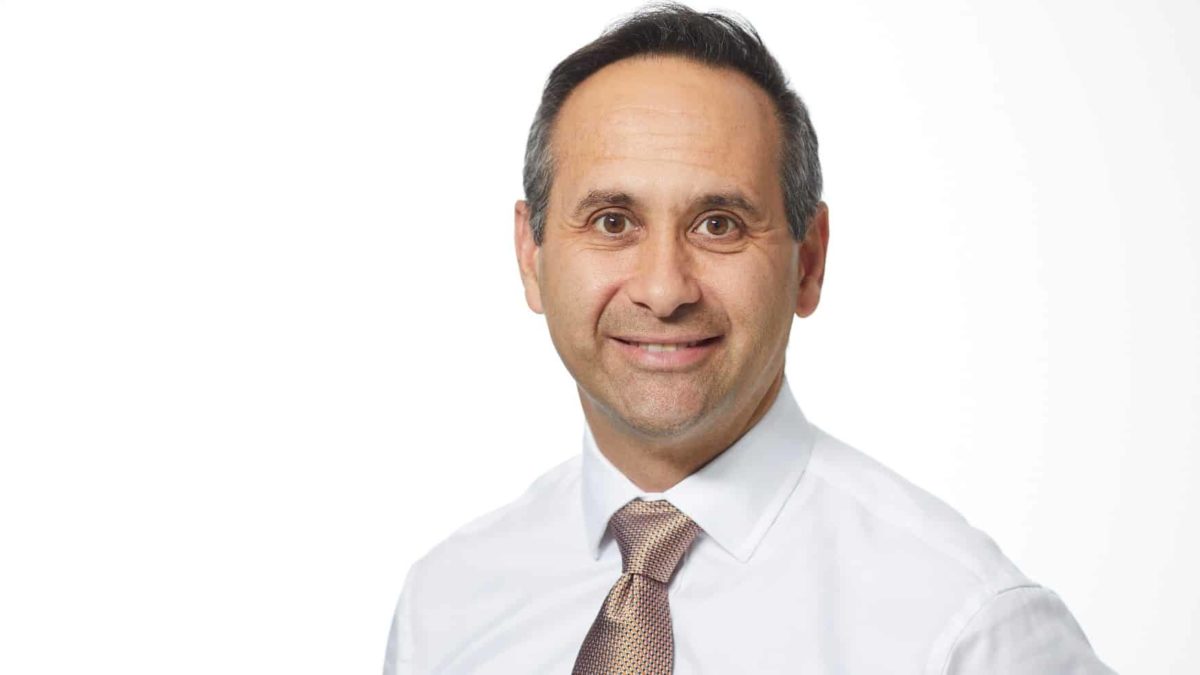Ask A Fund Manager
The Motley Fool chats with fund managers so that you can get an insight into how the professionals think. In this edition, Redpoint Investment Management senior portfolio manager Max Cappetta explains why his fund is betting on 2 of the 4 major banks and a construction materials provider.
Investment style
The Motley Fool: How would you describe your fund to a potential client?
Max Cappetta: In the Redpoint Australian Equity Income Fund, we're seeking to capture a share of the profits earned by Australia's leading companies, which are paid as dividends.
Companies usually pay their dividends twice a year, just after they announce their half-year and their full-year results. And if we look at history, it shows us that owning a share of company profits can provide a really attractive level of income from those dividends over the longer term.
The Australian equity market has delivered, on average, an annual cash yield of approximately 4%, quite consistently. This means that the income paid year on year — so every 6 months as dividends — has kept up with the overall growth in share prices over time.
The good news here is that this income we can capture has kept pace with inflation over the longer term because it represents a share of the profits which have been earned by companies. And those profits are tied to the underlying growth of the overall economy.
Our fund is specifically designed for low and zero tax rate payers, such as retirees and charities. I think what's of particular benefit to these investors — and we're looking to capture in our strategy and fund — is that when companies pay dividends here in Australia, they also pass through the tax credits for the income tax that they've already paid.
So for a zero tax rate investor, they can claim this amount back in their tax return. What it means is that for every dollar of a fully franked dividend that investors like this earn, they actually get $1.42 worth of value.
When you consider that the cash rate is pretty much stuck at 0.1 of 1%, and you've got a one-year term deposit rate at a quarter of 1%, then an average 4% cash yield on equities is actually very attractive.
Now, within the fund, what we are looking to do is deliver an even higher cash yield than the ASX 200 if you were to hold that passively. While we're also looking to deliver our investors with a total return that will be in line with the S&P/ASX 200 Index (ASX: XJO) over the longer term.
We're trying to take the total return of the equity market and deliver back to investors a higher proportion in fully franked income. Then a smaller proportion, but still important, growth over the long term. Because they do need their capital, and they do need that income to keep tabs with inflation over the long term.
MF: Considering your income focus, 2021 must be, so far, a pretty good year for your team.
MC: Yes. Certainly, in this reporting period, it's been very strong through August and September. We've definitely seen a bounce back in the bank dividends, and we've also seen some record profits from iron ore miners, such as Rio Tinto Limited (ASX: RIO) and Fortescue Metals Group Limited (ASX: FMG).
I think overall there's been a relaxation in the conservativeness that many of Australia's listed companies had in 2020, where there was great uncertainty over COVID-19 and what that meant. And I think now, people are looking forward to 2022, and we're seeing more of that profit being returned to shareholders as dividends.
Biggest convictions
MF: What are your two biggest holdings?
MC: First, I might just say that we actually run a very diversified portfolio of around 60 to 70 names. We do think that that is one of the features of our approach because we do look at companies from a range of different metrics and try to stay well-diversified.
However, when you look at that income capture element, coming up in the dividend calendar is now the full-year results to 30 September for 3 out of Australia's 4 major banks.
As you know, the Commonwealth Bank of Australia (ASX: CBA) reported on 30 June. They delivered essentially a doubling in their dividend plus a tax-effective off-market share buyback for investors, which delivers an even larger fully franked dividend to investors that tender their shares into that buyback.
Now at the moment for the other three, Westpac Banking Corp (ASX: WBC), National Australia Bank Ltd (ASX: NAB), and Australia and New Zealand Banking Group Ltd (ASX: ANZ), we favour Westpac and the NAB.
Our expectations are showing that their profitability looks to be rebounding more strongly. Plus, we also see the potential for capital management by either a buyback or even an increased dividend from Westpac.
We also like building materials giant James Hardie Industries plc (ASX: JHX). I think they are benefiting from both a DIY renovation market growth and also gaining market share in the United States.
One of the key things that we look for as we analyse financial statements is that they are improving operationally. So that leads us to believe that they could deliver an even larger earning surprise than they have in the past.
And also, the company has guided that they are going to reinstate their dividends at their first half-year result, which will be at 30 September. We expect that dividend to come through sometime in November.









